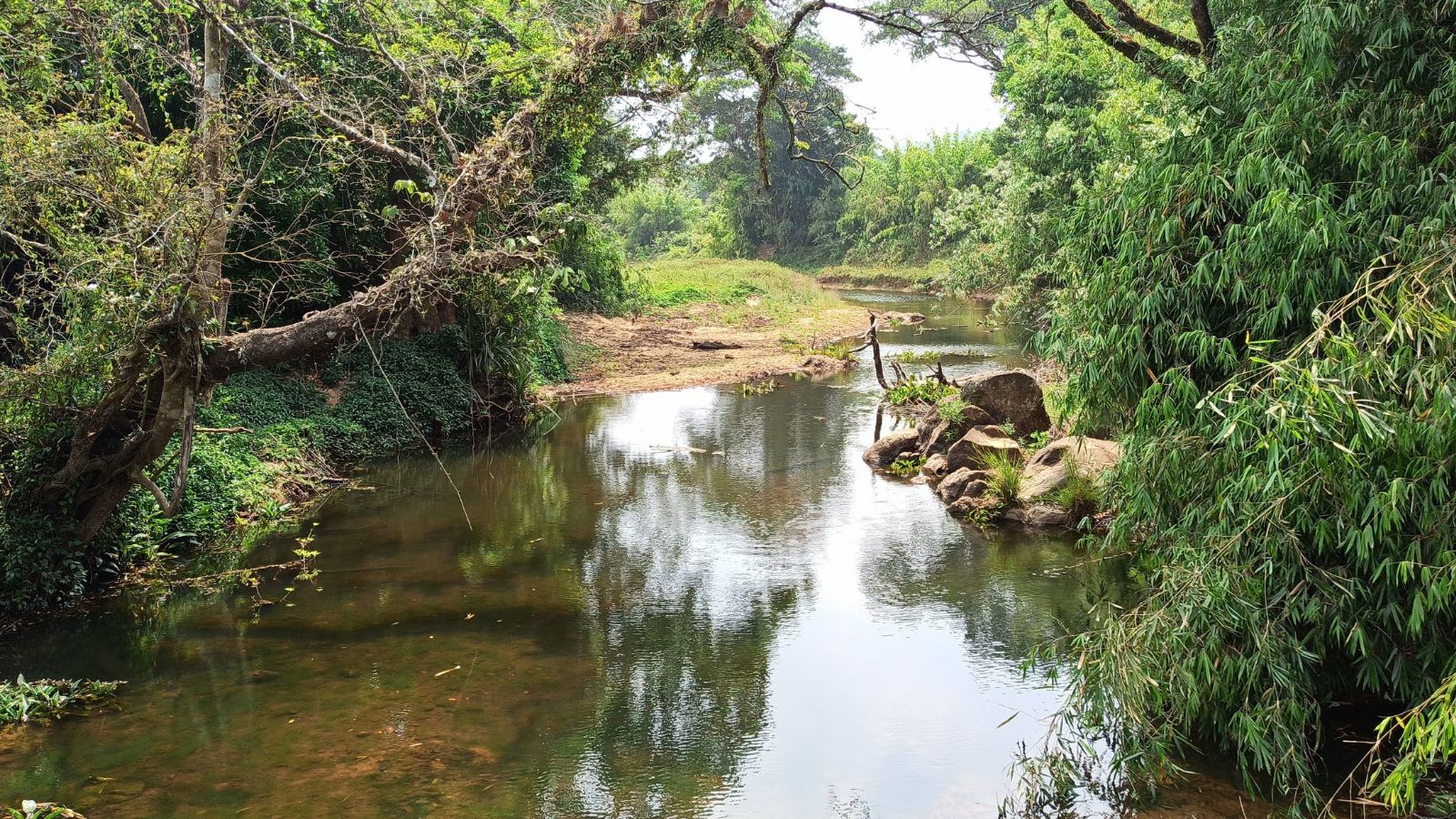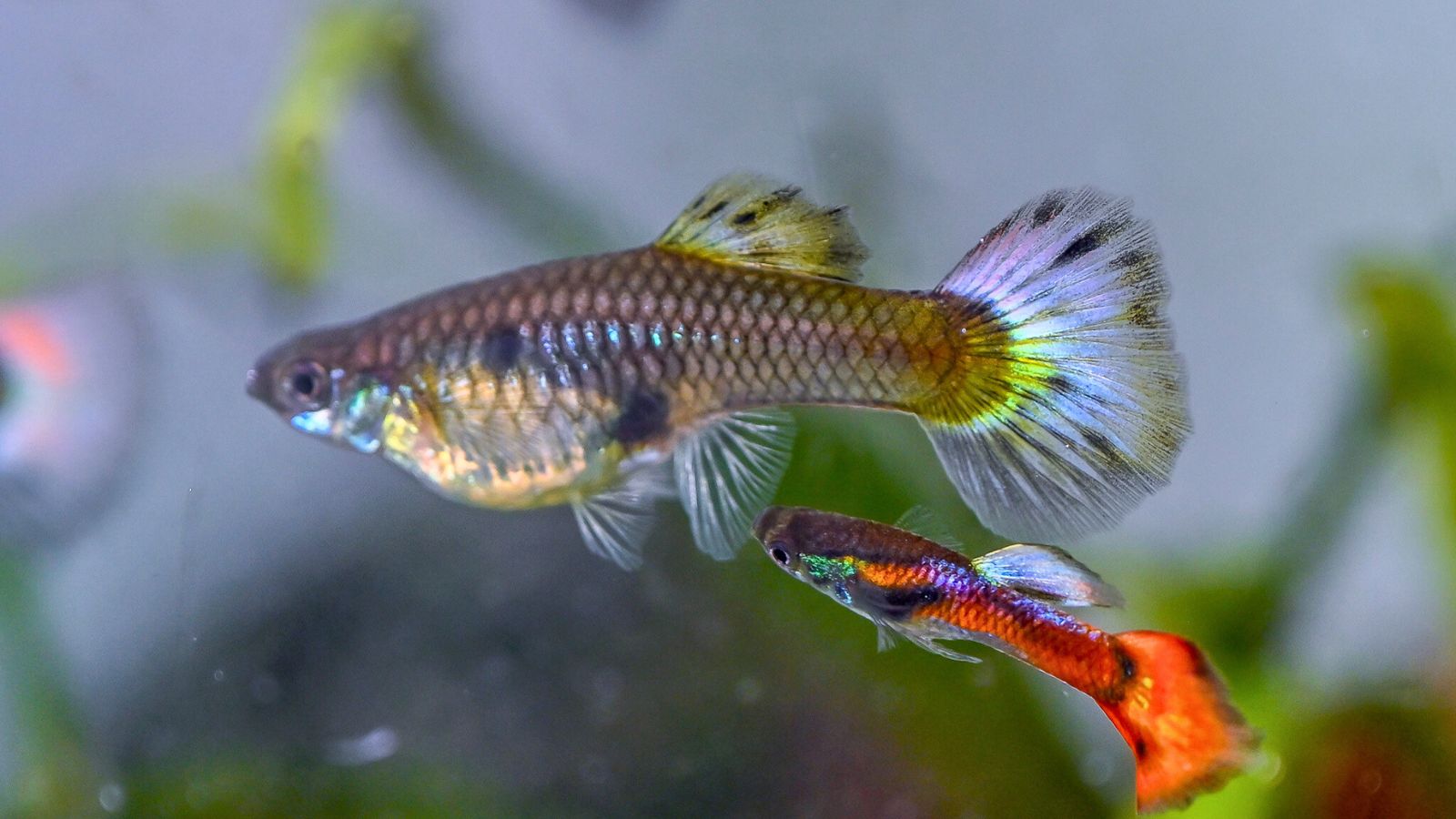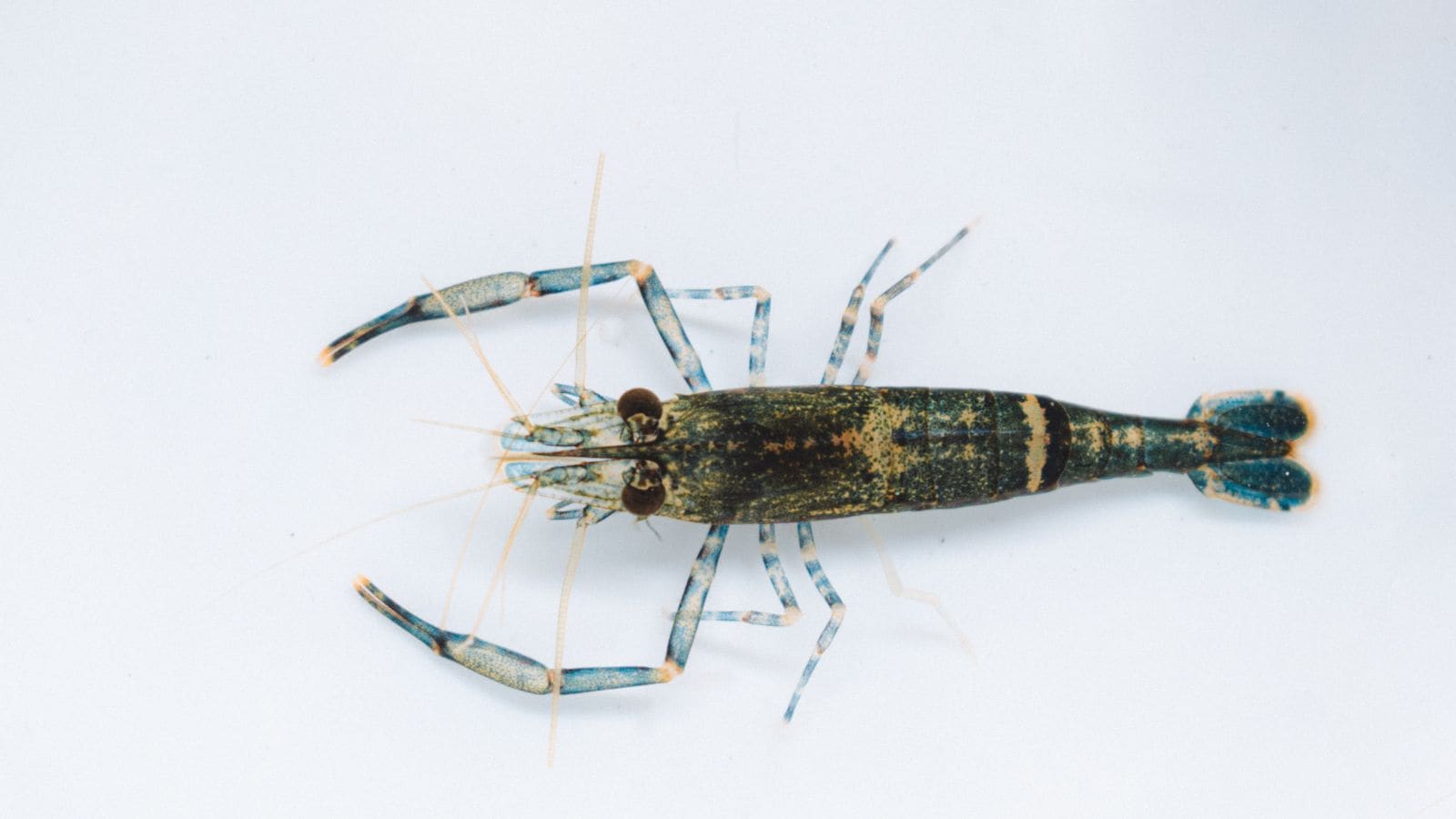A catfish named Nikhil: In Karnataka, line between hobby and discovery is just a new species away
The species went on to be named Betadevario ramachandrani, to commemorate hobbyist Beta Mahatvaraj’s efforts.
 Dario urops: Dario urops is a micro-predatory fish. (Photo Credit: Beta Mahatvaraj)
Dario urops: Dario urops is a micro-predatory fish. (Photo Credit: Beta Mahatvaraj)
Nearly 14 years ago, fish hobbyist Nikhil Sood, 43, the owner of a Bengaluru-based aquarium shop, stood next to his friend Benjamin Harink, 45, at a Valapattanam river stream in south Karnataka.
It was here that Sood, who had started breeding shell dwelling cichlids from Africa’s Lake Tanganyika to supply to sellers in Chennai when he was just 18, and Harink made a remarkable discovery — a micro-predatory fish, Dario urops.
The first fish from its genus to be scientifically described from South India, the only clue to its existence was a specimen collected over a 100 years ago. This, despite the fish’s more well-known relatives in the aquarium trade, like the colourful Dario dario (scarlet badis), being native to North-East India and West Bengal.
 Dario urops habitat by Nikhil Sood: The habitat of Dario urops at a Valapattanam river stream in Karnataka. (Nikhil Sood)
Dario urops habitat by Nikhil Sood: The habitat of Dario urops at a Valapattanam river stream in Karnataka. (Nikhil Sood)
While Sood has been a part of nearly a dozen similar discoveries, one that bears his name — Nikhil’s torrent catfish (Amblyceps accari ) — was discovered near the Kudremukh mountain range in Chikkamagaluru. At another location in Karnataka, a group comprising hobbyists and ichthyologists (scientists who study fish) Dr Ralf Britz of UK’s Natural History Museum and Dr Rajeev Raghavan of the Kerala University’s Fisheries and Ocean Studies, discovered the dwarf freshwater puffer fish (Carinotetraodon imitator) in the wild for the first time. Before this excursion, the fish had only been seen in one London aquarium shop, with its true origins shrouded in mystery.
Over the years, hobbyists like Sood, many of them associated with the Aquarium Society of Karnataka, have trekked the Western Ghats or scoured local rivers, often discovering new aquatic species.
 A common guppy. (Express Photo Jithendra M)
A common guppy. (Express Photo Jithendra M)
Not just this, these hobbyists also double as amateur chemists and veterinarians by necessity — they ensure that a particular species is in filtered pH-appropriate water and are always on guard against diseases.
R Nayak, 55, a hobbyist since the 1980s, recalls how a trip to a local fish store led to a discovery in 2010. “We spotted a new type of danio. The owner gave us a general idea of where it had come from. We went looking for it. A few trips later, we found it at a secluded spot near Agumbe village (in Karnataka’s Shivamogga district),” he said.
The species went on to be named Betadevario ramachandrani, to commemorate hobbyist Beta Mahatvaraj’s efforts.
Discoveries aside, Karnataka’s hobbyists also play a role in the conservation of these species.
Sood, a former evaluator for the The International Union for Conservation of Nature (IUCN) in South Asia, said, “The number of fish taken for the aquarium trade compared to those caught for consumption is less than half of 1%. Conservation, trade and this hobby are different sides of the same coin. Many fish in South and Central America are alive today only because of aquarium trade. In the absence of the trade’s interest in many of these species, there might not have been as many resources available in the field of ichthyology.”
Since India’s contribution is less than 1% of the total aquarium trade, it can’t have a significant impact on the conservation of species overall, he said, adding, “The Denison barb (Sahyadria denisonii, popularly known as the Miss Kerala Fish) was thought to have become endangered because of the trade. It was registered as critically endangered under the IUCN, with the description stating that it was native to just one river system in Kerala. However, it is found even in Karnataka’s Netravati river, and other waterways in Kerala and Karnataka. The idea that the aquarium trade has a negative impact on conservation can be a low-hanging fruit.”
 Shrimp: Maclean Antony Santos’s first collaborative research project resulted in the discovery of a new shrimp species, Macrobrachium irwini, named in honour of wildlife conservationist Steve Irwin. (Thejas)
Shrimp: Maclean Antony Santos’s first collaborative research project resulted in the discovery of a new shrimp species, Macrobrachium irwini, named in honour of wildlife conservationist Steve Irwin. (Thejas)
Some hobbyists have taken their passion a step further. Mangaluru’s Maclean Antony Santos, 23, initially kept ornamental shrimp strains before transitioning to native Karnataka species.
“I wanted to study and spread awareness about these lesser-known species, but had difficulty finding collaborators since research on freshwater shrimps in India is scarce,” he said.
A citizen scientist, Santos now writes articles and conducts webinars alongside his mentors, Dr S Prakash, an associate professor, and K Kunjulakshmi, a PhD research scholar from Chennai’s Sathyabama Institute of Science and Technology.
Santos’s first collaborative research project resulted in the discovery of a new shrimp species, Macrobrachium irwini, named in honour of wildlife conservationist Steve Irwin.
However, not all is hunky dory with the state of aquatic species. Kunjulakshmi, the lead author of the research paper, said, “Many species in the Western Ghats exhibit high levels of endemism (showing exclusive geographic location) and might go extinct before they are even discovered, leading to significant conservation challenges.”
She is not wrong. A few years after Sood’s discovery, the Dario urops’s habitat was reportedly damaged due to road and bridge construction that affected the flow and height of water. It took several years for the habitat to recover, he said.
Since Santos started pursuing his passion eight years ago, he said he has observed a decline in the population of wild shrimp. “Some key problems include expansion of residential and agricultural areas, plus untreated sewage waste. Compared to fish, shrimps are more sensitive. The third, and often overlooked issue, is dam construction.”
Stating that certain shrimps are amphidromous (a life cycle in both freshwater and saltwater environments at different stages), he explains, “The larvae require brackish (salty) water, but adults are found in freshwater. Because of dams, they are unable to complete their life cycle.”



- 01
- 02
- 03
- 04
- 05




























